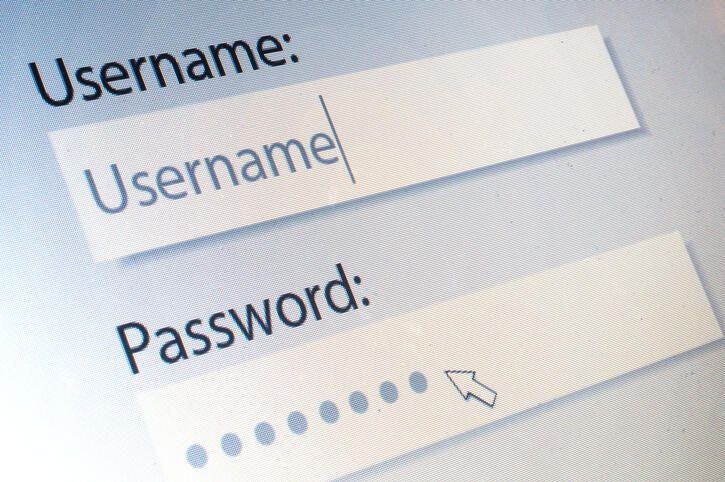IVR is a powerful tool for managing call queues and improving customer satisfaction, but it requires maintenance for optimal use. Regular IVR testing is essential to make sure your system is secure and works as it should. Testing also helps you improve call flows, ensure quality, and understand performance.
Here are the different types of IVR testing tools you’ll need in order to run an efficient and successful system.
Types of IVR testing tools
1. Automated IVR testing tools
These tools automate the process of interacting with your IVR system to get a sense of what it would be like if a person were using it. They simulate calls, navigate menus, input data, and verify responses so you can identify points where possible issues might occur — without having to take the time to go through a whole bunch of scenarios yourself.
This type of testing is especially useful when first setting up your IVR system, since it won’t have been used yet by active callers. It’s also a good idea to run through automated testing any time you make any changes or additions to it, or integrate new software, like a CRM.
These three main areas of testing are called functional testing, regression testing, and integration testing. Automated IVR testing tools, such as Cyara, can handle all three of these areas.
2. IVR performance and load testing tools
While automated IVR testing tools run through scenarios one at a time, performance and load testing tools simulate multiple scenarios all at the same time to see if the IVR system can handle the volume.
These tests typically focus on the following:
- Load testing: Measures how well the IVR responds to a normal or peak load of simultaneous users and data transfer requests.
- Stress testing: Monitors what happens when the IVR gets a very heavy load all at once or in a prolonged manner.
- Scalability testing: Checks how the system would adapt to changes in the size and complexity of the workload, such as changes to the number of users or network traffic.
The main situations where you would use performance and load testing tools are when you put a new system in place or when you’re expecting upcoming periods of higher call volumes. They’re also great if you want to expand your IVR’s capabilities but aren’t sure if the system will be able to handle it.
If you’re already experiencing problems, performance and load testing tools can help you identify the source of the problems and break up bottlenecks. Empirix Hammer is a noteworthy performance and load testing tool worth looking into.
3. Voice quality and speech recognition testing tools
An IVR system is only as good as its ability to interact with a caller and understand what the caller says in return. That’s where voice quality and speech recognition testing tools like Klearcom come in.
First, voice quality tools evaluate the clarity, consistency, and ease of understanding of the voice prompts that come from the IVR. Then, they look for issues in pronunciation, audio quality, and delays. Speech recognition testing tools also evaluate how well the system understands what callers are saying to it.
The main areas these tools focus on are how accurately the system understands what’s being said and the range of responses the system can understand — including unusual words, phrasings, dialects, accents, and audio with background noise.
Both voice quality and speech recognition tools are critical when you’re developing your IVR since they help ensure that the system can both speak and listen correctly. They’re especially important for businesses that have a highly interactive or complex IVR system.
If customers have to fight a machine to get what they need, it’s more likely that they will give up and ask to speak to a representative. To make things worse, in these situations, they’re likely already annoyed when they finally get connected with an agent.
4. IVR call flow testing tools
Call flow testing tools focus specifically on the sequence of actions within an IVR system.
They make sure all the menus are set up in ways that make sense, that requests get routed to the right department, and that there’s either an easy way to reach a representative or an otherwise easy way to deal with an error if something unexpected happens within a menu.
Similar to automated IVR testing tools, call flow IVR testing tools simulate calls. But rather than mimicking potential customer interactions, they methodically cycle through the menus. As such, they can tell you about the accuracy of call routing, the ease and effectiveness of your navigation, and what happens when something goes wrong.
You’ll most likely want to use call flow testing tools when you’re first setting up your IVR and any time you update your IVR or add another menu layer to it. Call flow testing tools are also important any time you integrate other software with your IVR, since integrations can sometimes cause unintended loops or dead ends in IVR systems.
An open-source call flow testing tool is available on GitHub from user SketchingDev.
5. IVR security testing tools
IVR security is a huge deal. If you’re only able to do one type of IVR testing, it should probably be security testing. These identify vulnerabilities in your system and make sure that customer and business data remains protected.
They can also help you avoid issues with denial-of-service attacks, in which malicious actors flood your IVR system with so many calls that it becomes unusable.
There are three primary types of IVR security tests that businesses can benefit from:
- Vulnerability scans: These tests go through each step of your IVR and look for places that hackers could break into, steal information from, or otherwise exploit.
- Penetration tests: Penetration tests are done by simulating a variety of known attacks on the system and seeing how well or poorly it responds.
- Authentication tests: These tests are done to make sure your IVR can’t be tricked into releasing confidential data by someone pretending to be someone else.
Altogether, these tests provide you with a clear picture of your IVR’s vulnerability to attacks, letting you make decisions about how you want to protect it.
You should use tests like ProCheckUp, a strong example in the field of IVR security testing, regularly throughout the lifetime of your IVR. It’s especially important to do security testing after making any upgrades or changes, just in case any security issues were introduced.
Using IVR testing tools vs hiring pros
It’s possible to use IVR testing tools yourself, but some people prefer to hire technical experts to handle the assessment. Consider the following factors when deciding whether to conduct your own IVR testing or hire a professional:
- Your level of expertise: If you have prior experience testing IVRs, then you probably don’t need to hire a professional. While it is something you can learn, when time is a factor and you don’t have the knowledge, then a professional may be better.
- Your resources: Your budget is a key consideration when deciding to use a DIY approach for your IVR testing, as are your time and your competing priorities. Do you have the budget to hire someone? If not, do you have the time and bandwidth to do it yourself?
- The complexity of your IVR: If your system is fairly straightforward, chances are you can do the testing yourself without too much trouble. If you have a much more complicated system, it’s probably better to outsource.
- The stakes for your business: Consider how important your IVR is to your business operations and your relationships with customers. If something goes wrong with your IVR, can your business handle it, or would it be massively disruptive? Similarly, if your customers’ data were ever compromised, how much of a problem would it be for your business? The higher the stakes, the more likely it is you could benefit from a professional.
It’s important to note that most VoIP providers do their own IVR testing and maintenance, so there’s no need for you to worry about it if you go that route. If you’re using a different kind of business phone system, you’ll need to make time for regular testing, whether you do it yourself or find outside help.





